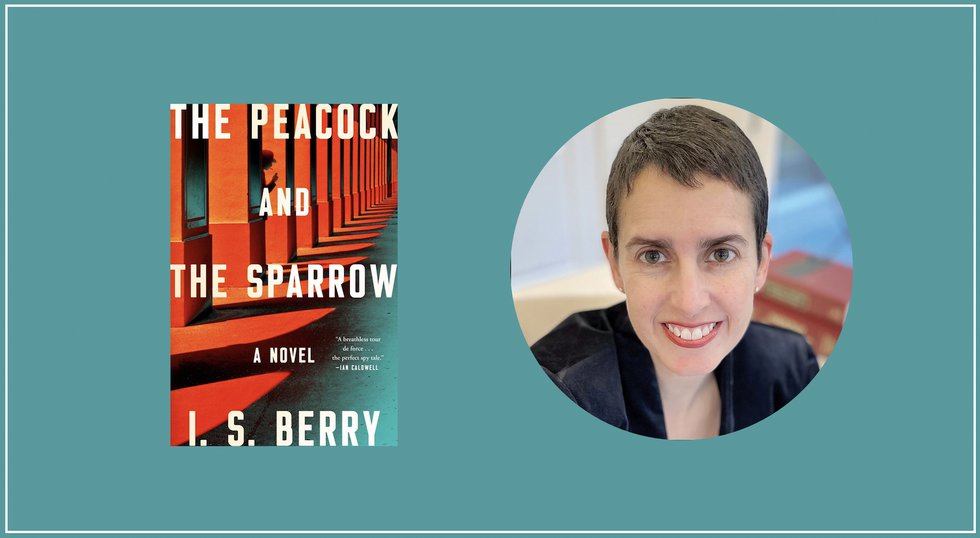‘Hollywood Costume’ exhibit opens at the VFMA.

Lady In The Dark 1944.

Dark Knight Rises 2012.
Hollywood is coming to Richmond. Or to be more precise, “Hollywood Costume” and its attendant glamour is having its U.S. debut—and only East Coast appearance—at the Virginia Museum of Fine Arts Nov. 9.
Curated by Oscar-nominated costume designer, Deborah Nadoolman Landis (Coming to America)—who also created Indiana Jones’ look, among many others—“Hollywood Costume,” which originated at the Victoria & Albert Museum in London, then traveled to the Australian Centre for the Moving Image in Melbourne before coming to Richmond, brings together some of the most famous costumes from the Golden Age of movies up to present day. Among the nearly 100 costumes, drawn from collections across the globe, will be the incredible peacock feather-adorned gown and cape Hedy Lamarr wore in Samson and Delilah, Christopher Reeves’ Superman suit, Kate Winslet’s elegant white and navy striped traveling suit from Titanic and the Wicked Witch of the West’s hat, which was sourced from a Richmond collection.
With its broad appeal and art historical context, “Hollywood Costume” is an excellent fit for the VMFA. “Cinema was certainly the most successful, most popular and most influential art form of the 20th century,” says Deputy Director Robin Nicholson. “As a museum of world culture, we are in the business of looking at different periods of human history, at what remains in terms of the visual artifacts that help make society what it was. Hollywood in the 20th century was a sort of crucible of artistic talent and mirror of the times. Not only did it reflect what was going on, but it also powerfully influenced it.”
Distinct from fashion, costume design is not about clothes. Imbued with the essence of the character they represent, the star that wore them or both, costumes are powerful relics from the cult of Hollywood, like Marilyn Monroe’s iconic white dress from The Seven Year Itch, which perhaps more than anything else, has come to represent the tragic actress.
“Hollywood Costume” highlights how the advent of color film presented a host of new challenges for designers who had to evolve from making costumes that would provide interesting tonal values in a black and white film to colorful costumes that made the most of the new invention: Technicolor. It wasn’t just by chance that Dorothy’s slippers were ruby: Red provided the best contrast with the all-important yellow brick road.
Motion picture costumes have only recently been collected (most notably by actress Debbie Reynolds). It started in 1970, when MGM had a huge sale to clear an enormous backlot of hundreds of thousands of costumes, accessories and props. From the studio’s perspective, these were ephemeral tools that, once used, had no great value. Sadly, most of the glamorous Adrian-designed gowns from the 1930s worn by Jean Harlow, Greta Garbo and Joan Crawford were discarded. Other costumes became unrecognizable—re-cut for use in subsequent movies. In the intervening years since the MGM sale, costumes have become highly collectible.
Corralling all the different items into a cohesive exhibition is handled deftly. Divided into different sections—Designing the Character, History by Hollywood, Collaborating with Actors, Comedy and Musicals, and A Royal Romance—the exhibition has a strong visual and narrative structure that is supported by an original musical score and theatrical lighting.
A show like this seems like it would be less expensive and less stressful than, say, the recent Picasso show, in which the artwork had an astronomical value and heavy security. But according to Nicholson, an object show is by far the most difficult to mount.
Here for instance, the costumes are extremely fragile. “None of them was designed to last,” says Nicholson. “The older ones, especially those with a lot of heavy beading, are beginning to suffer. In fact, there are a couple of examples where the mannequins were designed to be sitting on the floor so there wasn’t a lot of weight pulling the costume down.” To help protect them, the costumes travel on their mannequins in individual crates that are so large they won’t fit on a plane and must travel by ship.
The backstage mechanics aside, the power of this show lies in what these costumes represent. They’re like old friends. We have an overwhelmingly strong connection to them through beloved films and characters. Our associations elevate them from mere garments into potent artifacts, and that’s what makes seeing them so very moving.
What I like best are the deliciously entertaining backstories, like the one about Ginger Rogers’ remarkable sequined gown with its sumptuous mink skirt from Lady in the Dark. You might think this was an extravagant fashion statement, but, in fact, fur wasn’t rationed during WWII when the film was made, so it was readily available. And then there is the story of exhibit curator Landis’ visit to a London bank vault in June 2010, where she was presented with a large box containing—ta-da!—Dorothy’s gingham pinafore dress from The Wizard of Oz. That’s show biz. VMFA.state.va.us
‘Hollywood Costume’ runs through Feb. 17, 2014. Admission is $20.








